Filter by
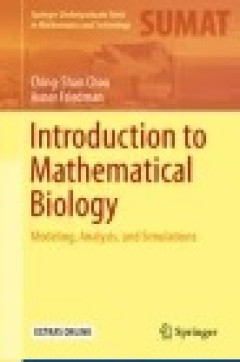
Introduction to Mathematical Biology: Modeling, Analysis, and Simulations
This book is based on a one semester course that the authors have been teaching for several years, and includes two sets of case studies. The first includes chemostat models, predator-prey interaction, competition among species, the spread of infectious diseases, and oscillations arising from bifurcations. In developing these topics, readers will also be introduced to the basic theory of ordi…
- Edition
- -
- ISBN/ISSN
- 978-3-319-29638-8
- Collation
- -
- Series Title
- -
- Call Number
- -
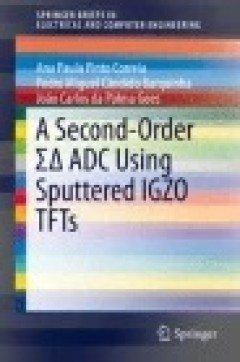
A Second-Order ΣΔ ADC Using Sputtered IGZO TFTs
This books discusses the design, electrical simulation and layout of a 2nd-order ∑∆ analog-to-digital converter (ADC), using oxide thin-film transistors (TFTs) technology. The authors provide a unified view of materials science and electronics engineering, in order to guide readers from both fields through key topics. To accomplish this goal, background regarding materials, device physics, …
- Edition
- -
- ISBN/ISSN
- 978-3-319-27192-7
- Collation
- XIV, 75
- Series Title
- SpringerBriefs in Electrical and Computer Engineering
- Call Number
- 537.2 COR s
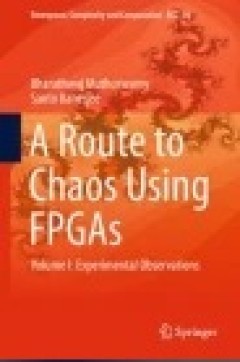
A Route to Chaos Using FPGAs: Volume I: Experimental Observations
The purpose of this introductory book is to couple the teaching of chaotic circuit and systems theory with the use of field programmable gate arrays (FPGAs). As such, it differs from other texts on chaos: first, it puts emphasis on combining theoretical methods, simulation tools and physical realization to help the reader gain an intuitive understanding of the properties of chaotic systems. …
- Edition
- Ed. 1
- ISBN/ISSN
- 978-3-319-18105-9
- Collation
- XXIII, 219
- Series Title
- Emergence, Complexity and Computation
- Call Number
- 004 MUT r
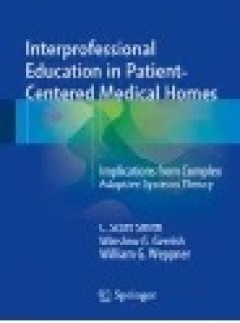
Interprofessional Education in Patient-Centered Medical Homes: Implications f…
This book discusses the application of complex adaptive systems theory to the design and evaluation of patient-centered medical homes (PCMHs). The three defining goals of PCMHs are to spread patient-care roles among healthcare team members, focus on disease prevention and include the patient in the healthcare team. It explains why some PCMH pilots are highly successful while others do not show …
- Edition
- -
- ISBN/ISSN
- 978-3-319-20158-0
- Collation
- -
- Series Title
- -
- Call Number
- -
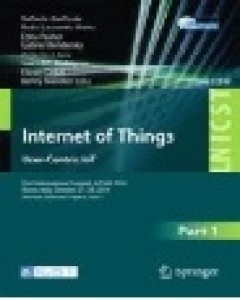
Internet of Things. User-Centric IoT: First International Summit, IoT360 2014…
The two-volume set LNICST 150 and 151 constitutes the thoroughly refereed post-conference proceedings of the First International Internet of Things Summit, IoT360 2014, held in Rome, Italy, in October 2014. This volume contains 74 full papers carefully reviewed and selected from 118 submissions at the following four conferences: the First International Conference on Cognitive Internet of Thing…
- Edition
- -
- ISBN/ISSN
- 978-3-319-19656-5
- Collation
- -
- Series Title
- -
- Call Number
- -
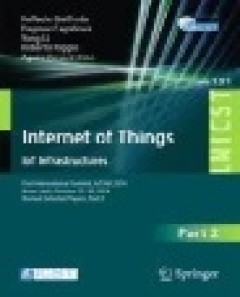
Internet of Things. IoT Infrastructures: First International Summit, IoT360 2…
The two-volume set LNICST 150 and 151 constitutes the thoroughly refereed post-conference proceedings of the First International Internet of Things Summit, IoT360 2014, held in Rome, Italy, in October 2014. This volume contains 30 revised full papers carefully reviewed and selected from 51 submissions at the following three conferences: the First International Conference on Mobility and Smart …
- Edition
- -
- ISBN/ISSN
- 978-3-319-19743-2
- Collation
- -
- Series Title
- -
- Call Number
- -

Structural Nonlinear Dynamics and Diagnosis
This book, which presents the peer-reviewed post-proceedings of CSNDD 2012 and CSNDD 2014, addresses the important role that relevant concepts and tools from nonlinear and complex dynamics could play in present and future engineering applications. It includes 22 chapters contributed by outstanding researchers and covering various aspects of applications, including: structural health monitoring,…
- Edition
- -
- ISBN/ISSN
- 978-3-319-19851-4
- Collation
- -
- Series Title
- -
- Call Number
- -
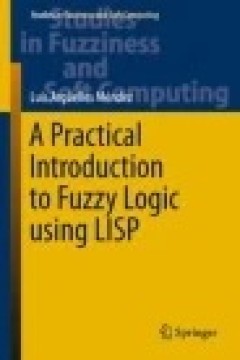
A Practical Introduction to Fuzzy Logic using LISP
This book makes use of the LISP programming language to provide readers with the necessary background to understand and use fuzzy logic to solve simple to medium-complexity real-world problems. It introduces the basics of LISP required to use a Fuzzy LISP programming toolbox, which was specifically implemented by the author to “teach” the theory behind fuzzy logic and at the same time equip…
- Edition
- Ed. 1
- ISBN/ISSN
- 978-3-319-23186-0
- Collation
- -
- Series Title
- Studies in Fuzziness and Soft Computing
- Call Number
- 006.3 ARG p
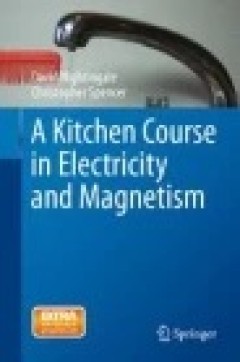
A Kitchen Course in Electricity and Magnetism
Electricity is all around us: cars, telephones, computers, lights -- the modern world runs entirely on electrons. But what are electrons? How do they behave? How do we control them? This book will show you how to build a battery, detect static electricity and construct a basic current meter, all using common items from your kitchen. Along the way you'll learn about the meaning of "voltage" and …
- Edition
- Ed. 1
- ISBN/ISSN
- 978-3-319-05305-9
- Collation
- -
- Series Title
- -
- Call Number
- 500.2 NIG k
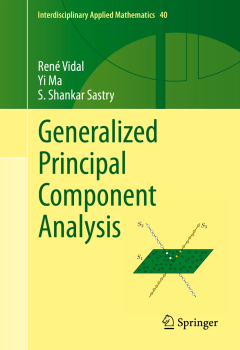
Generalized Principal Component Analysis
This book provides a comprehensive introduction to the latest advances in the mathematical theory and computational tools for modeling high-dimensional data drawn from one or multiple low-dimensional subspaces (or manifolds) and potentially corrupted by noise, gross errors, or outliers. This challenging task requires the development of new algebraic, geometric, statistical, and computational me…
- Edition
- -
- ISBN/ISSN
- 978-0-387-87810-2
- Collation
- -
- Series Title
- -
- Call Number
- 658.403 VID g
 Computer Science, Information & General Works
Computer Science, Information & General Works  Philosophy & Psychology
Philosophy & Psychology  Religion
Religion  Social Sciences
Social Sciences  Language
Language  Pure Science
Pure Science  Applied Sciences
Applied Sciences  Art & Recreation
Art & Recreation  Literature
Literature  History & Geography
History & Geography